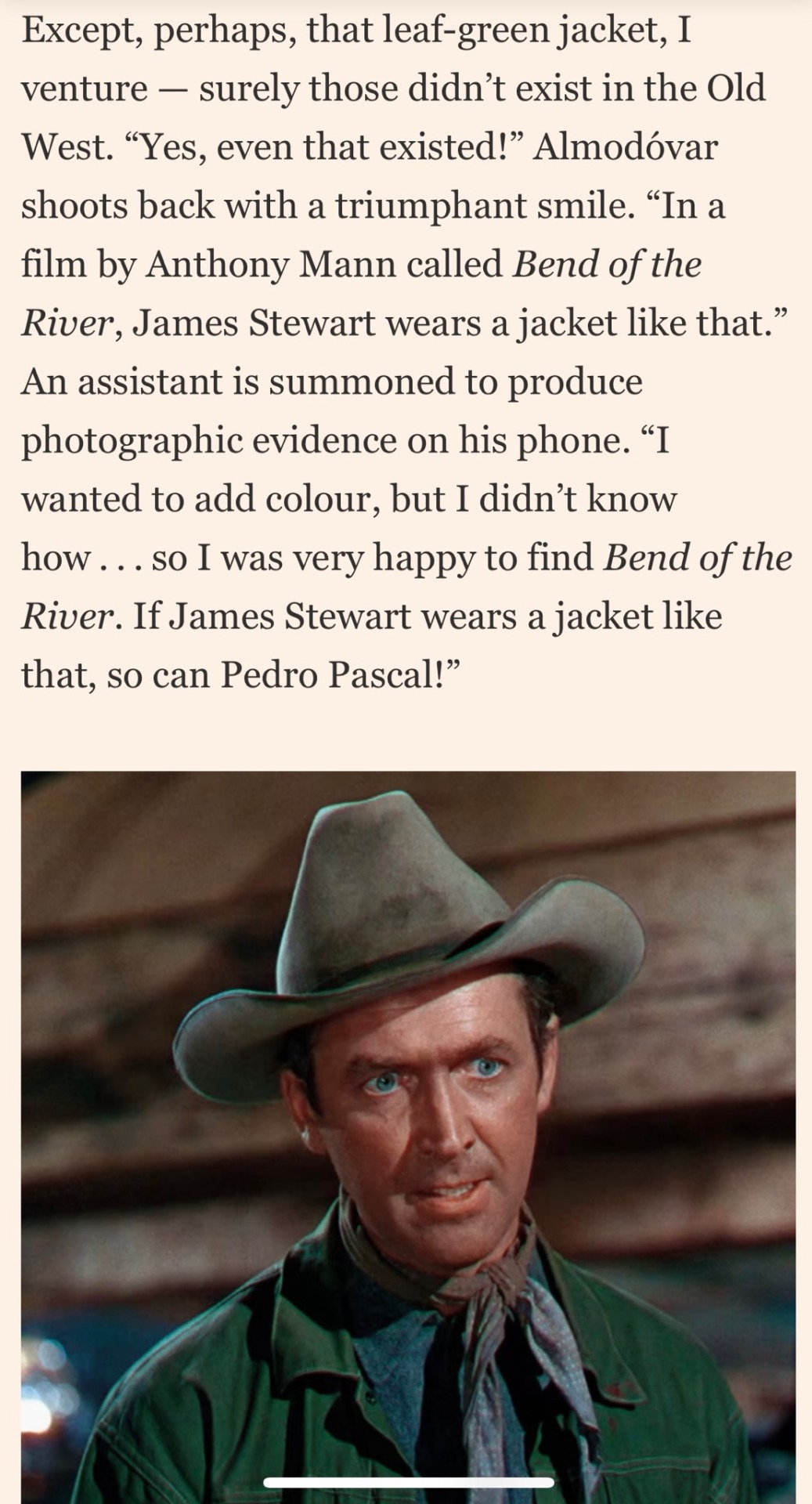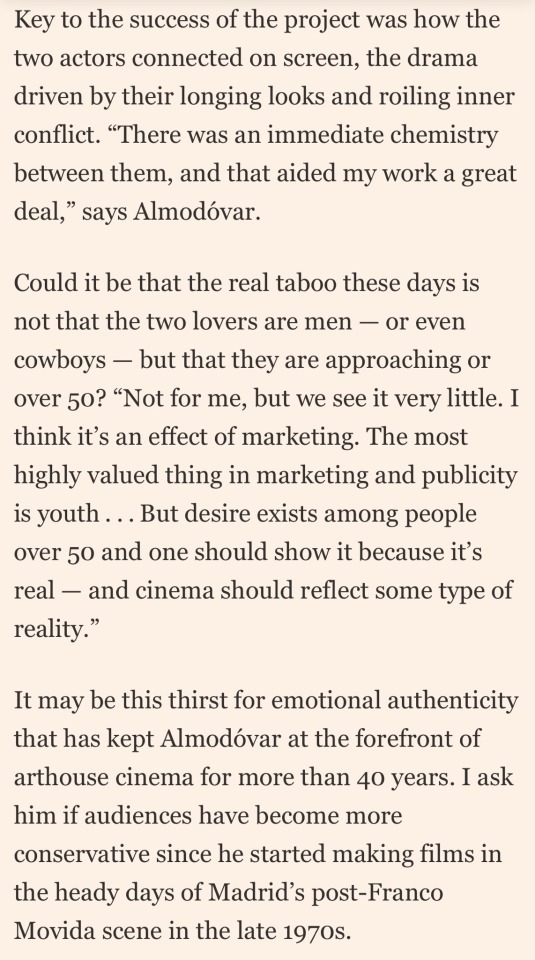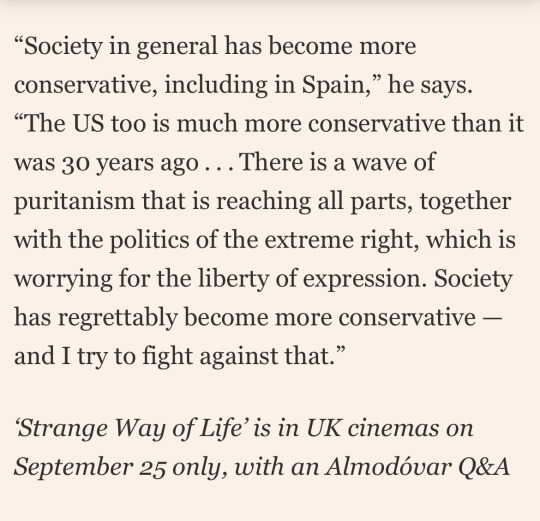#financial times
Text

Baugaarden Living Art | Financial Times
318 notes
·
View notes
Text

Alexa Chung on the unpolished appeal of Indie Sleaze for Financial Times Fashion (2023)
#the financial times#the financial times fashion#alexa chung#indie sleaze#2023#archive#article 2023#article#cobra snake#2007#interview#financial times
730 notes
·
View notes
Text

114 notes
·
View notes
Text





— Tamino for Financial Times, September 2023 (x)
113 notes
·
View notes
Text

Financial Times May 2014 - Kate King by Andrew Yee
40 notes
·
View notes
Text

20 notes
·
View notes
Photo

Courtney Love photographed by Laurence Ellis for Financial Times, May 2023
91 notes
·
View notes
Text
Louis at the barricade!
Faith In The Future World Tour: Riga. (7 September 2023)
x
#louis tomlinson#louis update#fitf world tour: riga#financial times#video#instagram story#september 2023
50 notes
·
View notes
Text

‘Enshittification’ is coming for absolutely everything
Cory Doctorow: Last year, I coined the term “enshittification” to describe the way that platforms decay. That obscene little word did big numbers; it really hit the zeitgeist. The American Dialect Society made it its Word of the Year for 2023 (which, I suppose, means that now I’m definitely getting a poop emoji on my tombstone). So what’s enshittification and why did it catch fire? It’s my theory explaining how the internet was colonised by platforms, why all those platforms are degrading so quickly and thoroughly, why it matters and what we can do about it. We’re all living through a great enshittening, in which the services that matter to us, that we rely on, are turning into giant piles of shit. It’s frustrating. It’s demoralising. It’s even terrifying.
I think that the enshittification framework goes a long way to explaining it, moving us out of the mysterious realm of the “great forces of history”, and into the material world of specific decisions made by real people; decisions we can reverse and people whose names and pitchfork sizes we can learn. Enshittification names the problem and proposes a solution. It’s not just a way to say “things are getting worse”, though, of course, it’s fine with me if you want to use it that way. (It’s an English word. We don’t have ein Rat für englische Rechtschreibung. English is a free-for-all. Go nuts, meine Kerle.) But in case you want to be more precise, let’s examine how enshittification works. It’s a three-stage process: first, platforms are good to their users. Then they abuse their users to make things better for their business customers. Finally, they abuse those business customers to claw back all the value for themselves. Then, there is a fourth stage: they die. Let’s do a case study. What could be better than Facebook?
Facebook arose from a website developed to rate the fuckability of Harvard undergrads, and it only got worse after that. When Facebook started off, it was only open to US college and high-school kids with .edu and K-12.us addresses. But in 2006, it opened up to the general public. It effectively told them: Yes, I know you’re all using MySpace. But MySpace is owned by a billionaire who spies on you with every hour that God sends. Sign up with Facebook and we will never spy on you. Come and tell us who matters to you in this world.
That was stage one. Facebook had a surplus — its investors’ cash — and it allocated that surplus to its end users. Those end users proceeded to lock themselves into Facebook. Facebook, like most tech businesses, had network effects on its side. A product or service enjoys network effects when it improves as more people sign up to use it. You joined Facebook because your friends were there, and then others signed up because you were there.
But Facebook didn’t just have high network effects, it had high switching costs. Switching costs are everything you have to give up when you leave a product or service. In Facebook’s case, it was all the friends there that you followed and who followed you. In theory, you could have all just left for somewhere else; in practice, you were hamstrung by the collective action problem. It’s hard to get lots of people to do the same thing at the same time. So Facebook’s end users engaged in a mutual hostage-taking that kept them glued to the platform. Then Facebook exploited that hostage situation, withdrawing the surplus from end users and allocating it to two groups of business customers: advertisers and publishers.
To the advertisers, Facebook said: Remember when we told those rubes we wouldn’t spy on them? Well, we do. And we will sell you access to that data in the form of fine-grained ad-targeting. Your ads are dirt cheap to serve, and we’ll spare no expense to make sure that when you pay for an ad, a real human sees it. To the publishers, Facebook said: Remember when we told those rubes we would only show them the things they asked to see? Ha! Upload short excerpts from your website, append a link and we will cram it into the eyeballs of users who never asked to see it. We are offering you a free traffic funnel that will drive millions of users to your website to monetise as you please. And so advertisers and publishers became stuck to the platform, too.
Users, advertisers, publishers — everyone was locked in. Which meant it was time for the third stage of enshittification: withdrawing surplus from everyone and handing it to Facebook’s shareholders. For the users, that meant dialling down the share of content from accounts you followed to a homeopathic dose, and filling the resulting void with ads and pay-to-boost content from publishers. For advertisers, that meant jacking up prices and drawing down anti-fraud enforcement, so advertisers paid much more for ads that were far less likely to be seen. For publishers, this meant algorithmically suppressing the reach of their posts unless they included an ever-larger share of their articles in the excerpt. And then Facebook started to punish publishers for including a link back to their own sites, so they were corralled into posting full text feeds with no links, meaning they became commodity suppliers to Facebook, entirely dependent on the company both for reach and for monetisation.
When any of these groups squawked, Facebook just repeated the lesson that every tech executive learnt in the Darth Vader MBA: “I have altered the deal. Pray I don’t alter it any further.” Facebook now enters the most dangerous phase of enshittification. It wants to withdraw all available surplus and leave just enough residual value in the service to keep end users stuck to each other, and business customers stuck to end users, without leaving anything extra on the table, so that every extractable penny is drawn out and returned to its shareholders. (This continued last week, when the company announced a quarterly dividend of 50 cents per share and that it would increase share buybacks by $50bn. The stock jumped.)
But that’s a very brittle equilibrium, because the difference between “I hate this service, but I can’t bring myself to quit,” and “Jesus Christ, why did I wait so long to quit?” is razor-thin.
[Thanks Robert Scott Horton]
27 notes
·
View notes
Text

Elisa Nijman photographed by Marc Hibbert for Financial Times - HTSI Magazine
#financial times - htsi magazine#htsi magazine#htsi financial times#financial times#fashion photography#fashion editorial#editorial#fashion#style#fashion magazine
48 notes
·
View notes
Text

Eileen Agar | Financial Times
188 notes
·
View notes
Text

📷 Bibi Cornejo Borthwick, novembre 2023
24 notes
·
View notes
Photo

by Sascha von Bismarck for the Financial Times
72 notes
·
View notes
Text









37 notes
·
View notes
Text


Jannik in Monte-Carlo 🎾
ph. Antoni Ciufo
8 notes
·
View notes
Text

Nicholas Hoult photographed by Damien Foxe for How to Spend It, March 2019.
18 notes
·
View notes